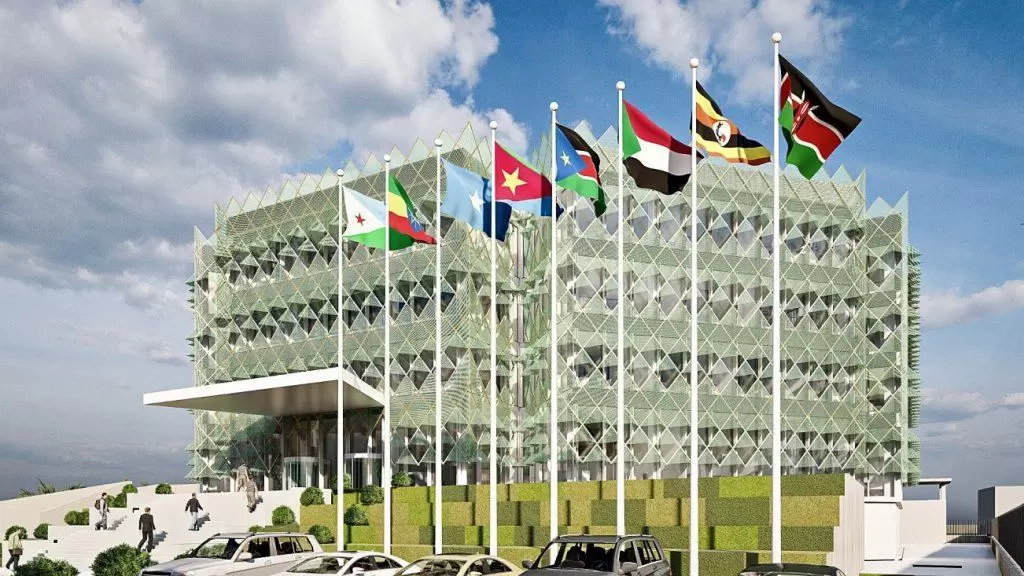Migratory pests: boost control plans
By Editorial.Team, July 29, 2024In 2020, member countries of the Intergovernmental Authority on Development (IGAD) suffered huge economic losses at the height of a twin attack, almost at the same time, when desert locusts invaded alongside Covid-19.
The locust invasion was unprecedented, causing the region financial losses amounting to Sh52 billion, largely due to a poor response. This was Sh49 billion more than an estimated Sh400 million budgeted for the efforts.
Had governments of the 14 IGAD member states and development partners responded to the warnings that were already in place as early as mid-2019, the financial losses could have been averted, as this problem was to be addressed at the exit of the locusts in breeding countries.
Climate change has proved that it will continue to impact migratory pests’ breeding and migration in the region, and this calls for immediate and sustained action by IGAD and regional bodies such as the Desert Locust Control Organisation for Eastern Africa and among others.
It is imperative therefore to improve the capacity of member countries’ early warning systems and preparedness to address the migratory pest challenges, the regional bodies mandated to respond to pest upsurges and attacks, and those tasked with coordination and policy.
The region remains at high risk of desert locusts and other migratory pest infestations and invasions due to climate change. This calls for increased vigilance in preparedness and surveillance by member countries to inform early warning actions.
Climate change disrupts the migration patterns of trans boundary pests, affecting the timing and routes of their movements. This shift challenges the efficacy of regional pest management strategies that are designed based on historical migration patterns.
In addition, changes in ecosystems and the availability of natural enemies of pests upset the balance of predator-prey relationships, allowing pest populations to surge without effective natural checks.
Therefore, integrating climate-resilient strategies into regional pest management efforts becomes imperative to enhance the sustainability and effectiveness of initiatives.
More Articles

